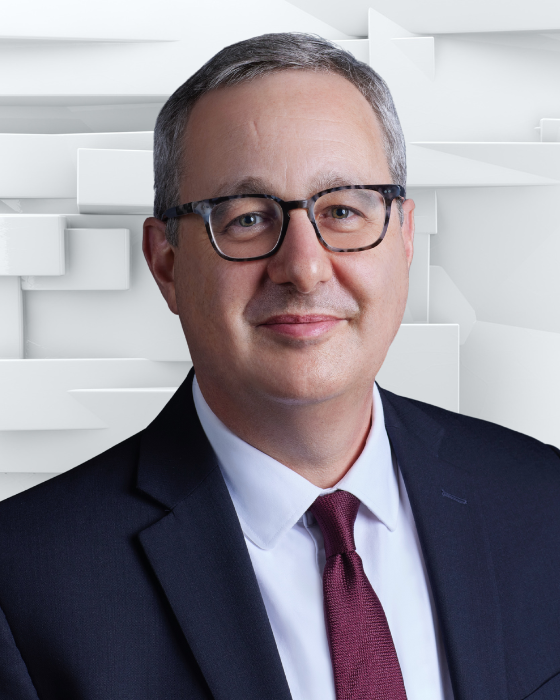Video
IBD: Clinical Trial End Points and Treatment Guidance
Author(s):
Transcript:
Miguel Regueiro, MD: Before I leave this HEMI [histo-endoscopic mucosal improvement], I want to hear from Marla and Jessica. How do you put histo-endoscopic mucosal improvement into your practice? This is a new end point, as David mentioned. What does it mean to you, Marla, first? Then, Jessica, I'll ask you the same question.
Marla C. Dubinsky, MD: We talked about the fact, and I echo David's point, that right now, it's not being used as a target, but it's being explored. If you have endoscopic, but not histologic remission, does that have a different prognosis or different outcome than someone who's got both? Until people feel comfortable about that, our goal remains the look of the mucosa, the macroscopic view still tells us a lot about the patient.
One thing I've seen is that histologic changes may correlate with a calprotectin more than macroscopic. In a patient who may have a nice-looking macroscopic view, you're happy, and then the patient's calprotectin is 352 [µg/mg] and you have some changes under the microscope, that's a question also. What are we treating to? Are we treating to deep, deep, deep, deep, deeper remission? How deep are we?
Miguel Regueiro, MD: How many deeps was that?
Marla C. Dubinsky, MD: It was 5. Down to the molecular level of changing the whole gene expression. You can't go deeper than that. One of the things we should realize is that there is a cost involved here; we hear that quite a bit. At what cost? Are we going to keep adding drugs to get this perfect, beautiful, histologic image? The question is what's the cost/benefit ratio in the end for patients?
That needs to be front and center when we educate about this topic and keep reminding ourselves that we were all saying this: is there a cost effectiveness to even macroscopic, going for a score of 0? All of us on this call believe that that is important, especially for Crohn disease. To get transmural healing, if possible, would change the natural history of stricturing and ongoing subclinical inflammation. I'm not so sure on UC [ulcerative colitis] yet. That remains to be seen.
Miguel Regueiro, MD: Yes. Jessica, you heard Marla talk about this “how many deeps” remission with HEMI and looking at histology. Practically speaking, how hard do we push? At some point, don't let perfect be the enemy of good. We accept that. What does this end point mean to you because it is something that we've been recently talking about, and are you doing anything differently?
Jessica R. Allegretti, MD, MPH: I certainly agree with most of what has been said already. I am not using histology, per se, as a treat-to-target metric, in that I'm not necessarily escalating therapy if somebody feels really good and, endoscopically, their bowels look normal. The one thing I always take into consideration with these patients, as David was alluding to, is that you have to think about their risk with regard to dysplasia development down the road as well.
Even if patients feel well and their colon looks good, but they have ongoing histologic activity, that's a patient I'm still surveying a bit more often than somebody who has achieved histologic remission. I have seen interval colon cancers in patients who have only had ongoing histologic activity, so it is something I keep in mind when I come up with my surveillance strategy in those patients. I have that discussion with them, but I am not necessarily escalating therapy to that target just yet, especially in your patients with longstanding ulcerative colitis. It's something I always keep in mind when we're reviewing at each visit with them: “OK, when do we need to survey you next? How are we thinking about that?” It is something I still keep at the top of my mind.
Miguel Regueiro, MD: My take-home [message] from this histo-endoscopic improvement, this new score, is that the UNIFI trial has raised the bar in terms of objective outcomes for studies to come. We know that the combined improvement of endoscopy and histology is the best. Then, Jessica, you brought up a good point in terms of surveillance of colon cancer, and at the end David can chime in on his work with histology. We didn't talk about de-escalation, so we're not going to get too much into that, but if patients have ongoing inflammation, whether it be macroscopic, endoscopic, or histologic, that is something we’d take into account.
Transcript Edited for Clarity




